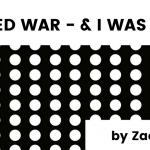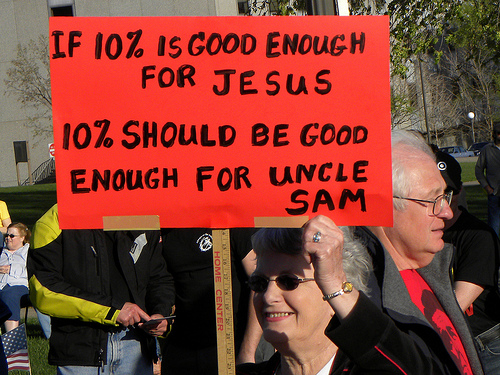FROM WASHINGTON POST, “9 QUESTIONS ABOUT ISRAEL-GAZA YOU WERE TOO EMBARRASSED TO ASK“
I thought that this article was quite helpful on catching people up with the conflict between Gaza and Israel. For those who may hear folks talking about it at Thanksgiving celebrations, this might give a ‘buffer’ for being able to engage in the dialogue. I would add that this is only an excerpt and I highly recommend reading the rest of the piece on the Washington Post website.
EXCERPT OF MAX FISHER‘S ARTICLE:
1. What is the Gaza Strip?
The Gaza Strip is a small Palestinian territory, about twice the size of the District of Columbia, located along the Mediterranean coast between Egypt and Israel. Palestinians are ethnic Arab and majority Muslim. It is deeply impoverished, kept in isolation by the Israeli military and ruled by Hamas, an anti-Israeli terrorist group.
2. Whoa! How did that happen?
In 1948, the United Nations declared that the British territory known as Palestine would be divided into two independent countries: Israel and Palestine. Arab leaders rejected the declaration and invaded to maintain a unified, independent, Arab Palestine. They lost, and by the time fighting ended, Israel controlled even more of the land than the U.N. declaration had granted the new country. One of the areas still under Palestinian control was the Gaza Strip. Israel occupied the territory in 1967, after another war with Arab states but withdrew its troops and settlers in 2005. Israel still maintains extremely tight restrictionson trade in and out of Gaza, which has a 40 percent unemployment rate. Thirty-eight percent of Gazans live under the poverty line. Gaza is not an independent country.
3. Who is Hamas, and why do they hate Israel?
Hamas is an Islamist militant group based in Gaza, where it won a 2006 U.S.-backed election. The United States and other countries designate it as a terrorist group. It formed in 1987 as a “resistance” group, pledging to destroy Israel and replace it with an all-Palestinian state. It has since significantly softened its demands to an independent Palestinian state along the 1967 borders (more on this later), but it still does not formally recognize Israel as a legitimate country and still commits violent acts against Israeli troops and civilians. It also provides a number of important social services in Gaza.
4. Got it. So I see that Israel and Hamas are fighting. Who started it?
There is no simple answer to this question; the back-and-forth extends back decades (see above), so let’s start with this year. Hamas regularly fires unguided rockets into nearby areas of southern Israel. Though they rarely kill Israelis, they terrorize the largely civilian neighborhoods and generally make life unpleasant. Last Wednesday, Israel launched an airstrike to kill a senior Hamas military commander, which set off the series of Israeli airstrikes on Gaza and significantly accelerated Hamas rocket attacks into Israel. Some analysts fear a repeat of the 2008 fighting, which escalated into a full ground war.
5. Wait, this happened before? Why is it repeating?
Yes. Operation Cast Lead (Israel’s name for it) culminated in a January 2009 Israeli ground invasion of Gaza, which resulted in 13 Israeli deaths and either 1,417 or 1,166 Palestinian deaths, depending on Palestinian or Israeli sources. Some analysts describe Israel’s strategy toward Hamas as “mowing the grass”: instead of finding a long-term solution, in this thinking, Israel would attack Gaza every few years or so to cut down their ability to terrorize Israelis. Hamas, for its part, does not seem to have changed strategies either.
6. Wow, that’s depressing. Why don’t Israel and Palestine just become independent countries?
Because they can’t agree where to draw the borders. Let’s go back to that 1967 war. Before it started, Israel controlled everything except Gaza and the West Bank, which today are the two Palestinian territories. At the end of it, Israel occupied both Palestinian territories, plus a small piece of Syrian land, the Golan Heights. The Obama administration has called for a peace deal in which Israel and Palestine would adopt the pre-war 1967 borders, with mutually agreed land swaps based on changing circumstances since then. Palestinian groups also accept this. A big hurdle comes from Israeli settlers: Almost half a million Israelis have gradually moved into parts of the West Bank. That U.S. peace plan also calls for “land swaps” between Israel and Palestine to keep a number of those Israeli settler communities within Israel’s borders. Palestinians in Gaza don’t have a state, Hamas is committed to firing rockets at Israeli civilians, and Israel is committed to keeping Hamas weak and deterred, in part through periodic military campaigns. TO READ THE REST OF THE LIST, GO HERE TO READ THE FULL ARTICLE HERE












